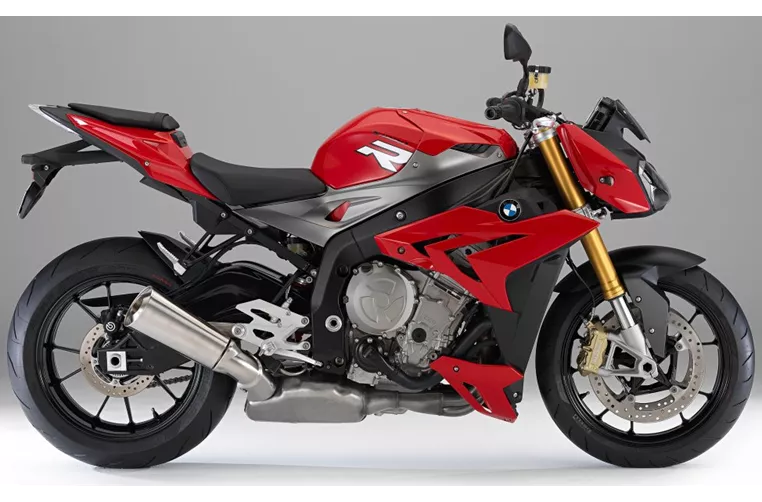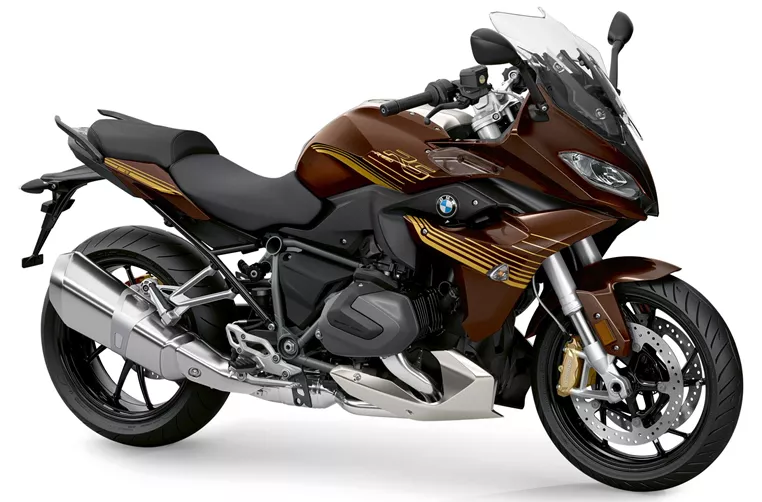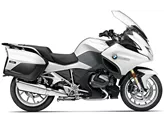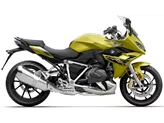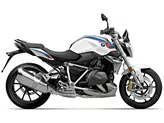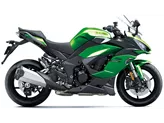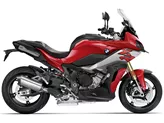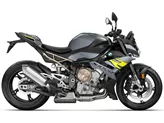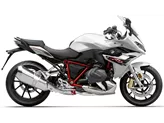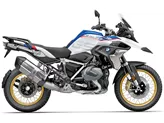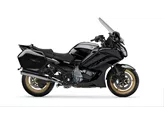BMW S 1000 R 2016 vs. BMW R 1250 RS 2019
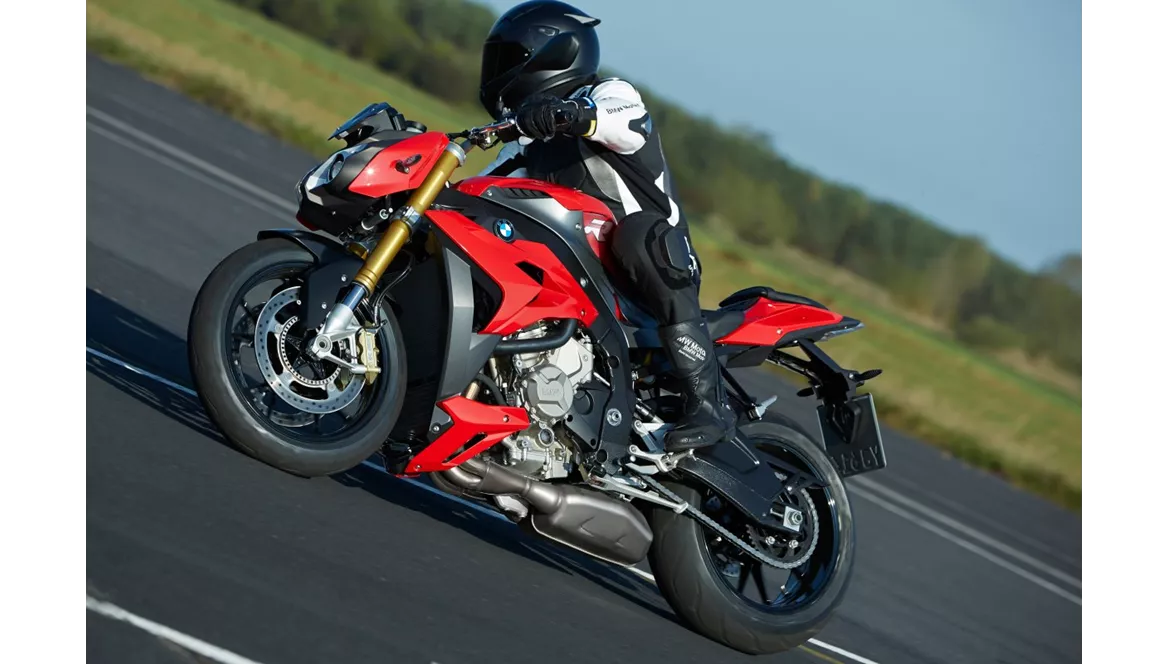
BMW S 1000 R 2016
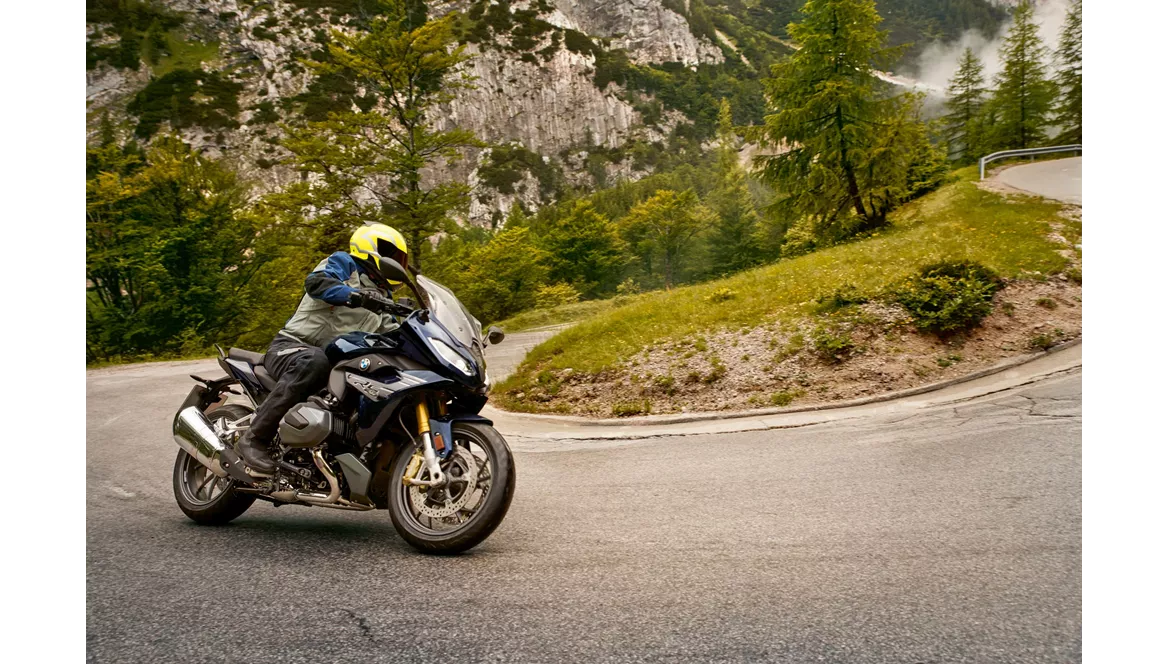
BMW R 1250 RS 2019
Overview - BMW S 1000 R 2016 vs BMW R 1250 RS 2019
The BMW S 1000 R 2016 and the BMW R 1250 RS 2019 are both high-performance motorcycles from BMW, but they have some key differences in terms of their technical specifications and strengths.
Starting with the BMW S 1000 R 2016, it is equipped with a powerful in-line 4-cylinder engine that produces 160 horsepower and 112 Nm of torque. This engine is paired with a chain transmission and has a displacement of 999cc. The bike features an upside-down telescopic fork front suspension and a swing arm rear suspension with a monoshock absorber. The frame is made of aluminum and has a twin tube design. The braking system consists of double disk brakes with four-piston calipers at the front, and the bike also has advanced rider assistance systems, including dynamic suspension. The dimensions and weights of the S 1000 R include a front tire width of 120mm, a rear tire width of 190mm, a wheelbase of 1439mm, a seat height of 814mm, a kerb weight of 207kg (with ABS), and a fuel tank capacity of 17.5 liters.

BMW S 1000 R 2016
On the other hand, the BMW R 1250 RS 2019 features a boxer engine with 2 cylinders that produces 136 horsepower and 143 Nm of torque. The engine is paired with a prop shaft transmission and has a displacement of 1254cc. The bike also has an upside-down telescopic fork front suspension and a single swing arm rear suspension with a monoshock absorber. The frame is made of steel and has a load-bearing engine design. The braking system is similar to the S 1000 R, with double disk brakes and four-piston calipers at the front. However, the R 1250 RS comes with additional advanced rider assistance systems, including ABS, anti-slipping control, riding modes, and ride by wire. The dimensions and weights of the R 1250 RS include a front tire width of 120mm, a rear tire width of 180mm, a wheelbase of 1530mm, a seat height of 820mm, a kerb weight of 243kg (with ABS), and a fuel tank capacity of 18 liters.
In terms of strengths, the BMW S 1000 R 2016 is praised for its powerful and well-controllable engine, as well as its powerful braking system. It also offers a comfortable seating position for the rider. On the other hand, the BMW R 1250 RS 2019 is known for its precise and stable handling, thanks to its agile and high-revving boxer engine. It also has a modern look and a seating position that is suitable for touring. Additionally, the R 1250 RS comes with ABS and traction control as standard, as well as selectable riding modes. It also features a color TFT display and LED headlights as standard, and it has an extensive list of accessories available.

BMW R 1250 RS 2019
However, both bikes have their weaknesses. The BMW S 1000 R 2016 is criticized for its expensive optional extras, which can be hard to resist for some buyers. It also has a hard chassis, which may not be as comfortable for long rides. On the other hand, the BMW R 1250 RS 2019 has a windshield that some riders feel could be higher for better wind protection. Additionally, many of the features on the R 1250 RS come at an extra cost, which may increase the overall price of the bike.
In conclusion, while both the BMW S 1000 R 2016 and the BMW R 1250 RS 2019 are high-performance motorcycles from BMW, they have different technical specifications and strengths. The S 1000 R offers a powerful engine and braking system, while the R 1250 RS focuses on precise handling and advanced rider assistance systems. Ultimately, the choice between the two will depend on the rider's preferences and priorities.
Technical Specifications BMW S 1000 R 2016 compared to BMW R 1250 RS 2019
Pros and Cons in comparison
Pros and Cons in comparison
BMW S 1000 R 2016
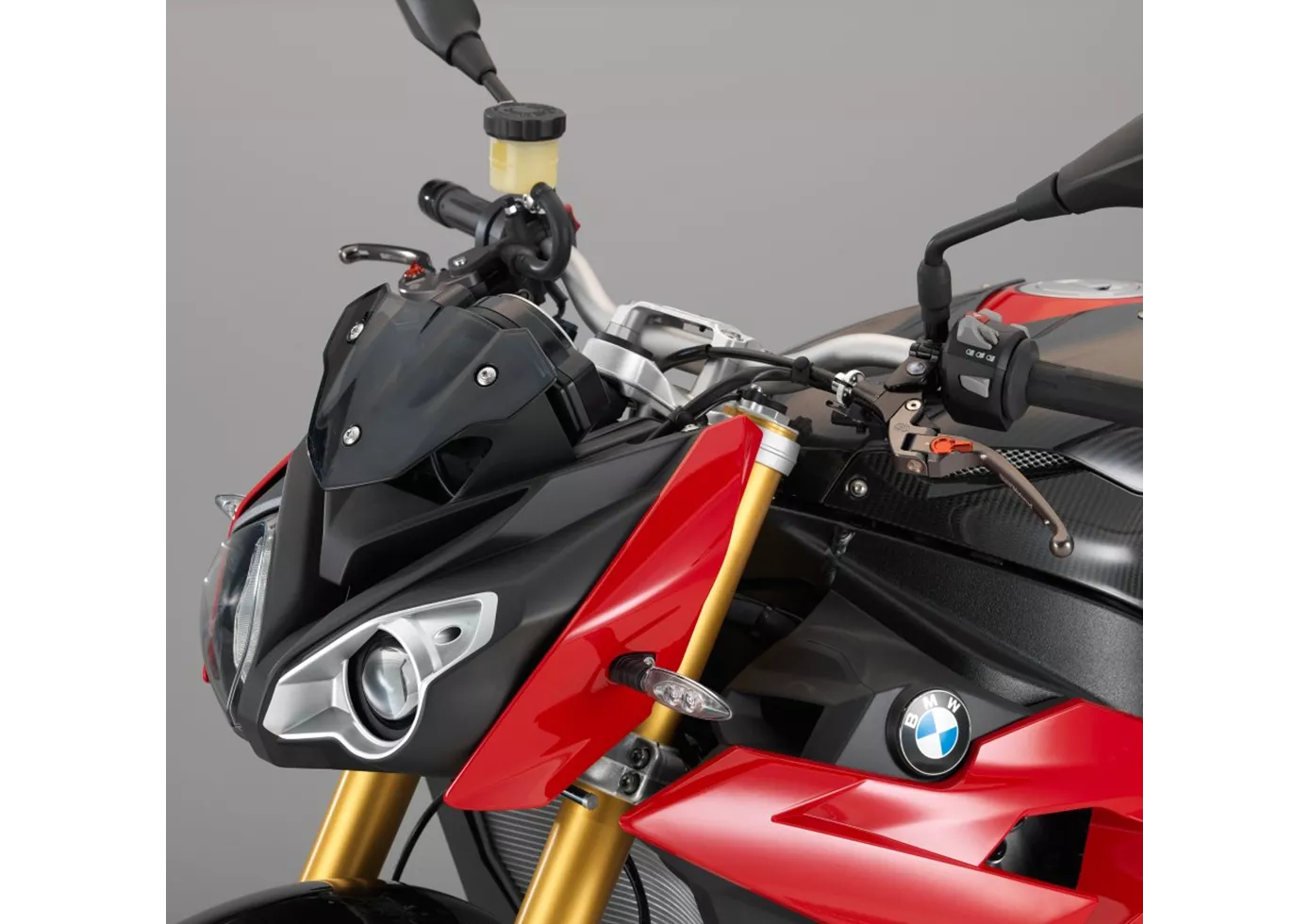
With the BMW S 1000 R, you notice both the close relationship to the S 1000 RR superbike and the endeavour to equip the machine with a high degree of comfort for country roads and everyday use. Accordingly, the 1000cc four-cylinder power unit is brute and yet easily controllable, and the seating position is correspondingly sporty and comfortable. The fact that the S 1000 R is one of the most affordable power naked bikes is surprising and very pleasing, although one must not get hold of the list of optional extras - because thanks to the many irresistible features, it will certainly be more expensive.
BMW R 1250 RS 2019
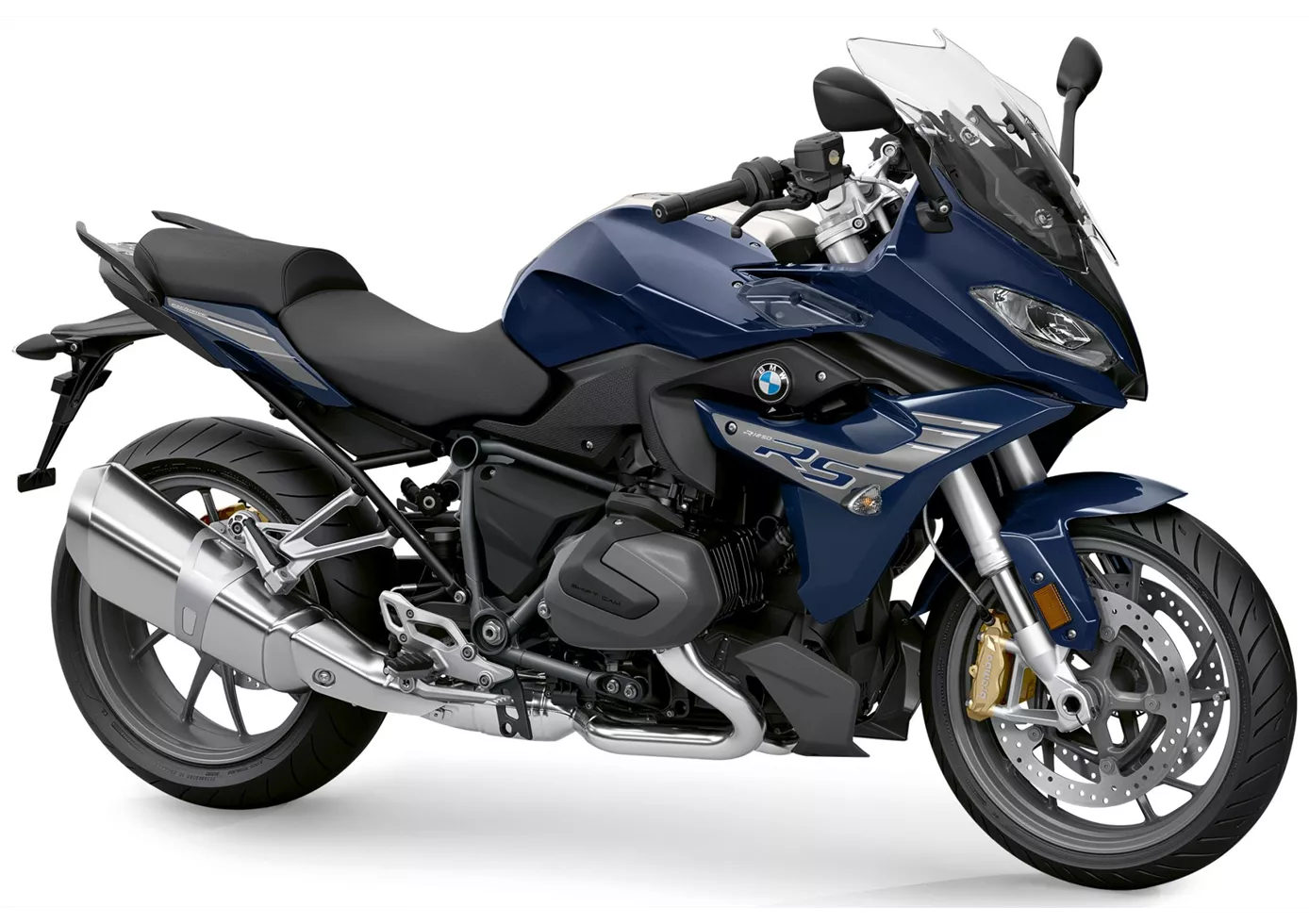
Visually, the new BMW R 1250 RS is the only one of the five big boxers that has really undergone major changes. This is very fitting, because the new ShiftCam engine with its wonderful sovereignty from the rev range has changed the character, and the RS is now an even better tourer. It is still not a light, compact motorbike, but it offers wonderful stability and comfort, only the wind protection could be a little better. But sportiness is not neglected either, the enormously powerful boxer engine is extremely agile. As usual, the Bavarians are excellent at offering an attractive list of accessories, from which some features play a decisive role in the good performance: The ESA suspension should not be missing for frequently changing load conditions (passenger, luggage), and for the ultimate driving pleasure, the shift assistant Pro is a must.
Price Comparison Avarage Market Price BMW S 1000 R vs BMW R 1250 RS
There are a few key differences between a BMW S 1000 R 2016 and a BMW R 1250 RS 2019. In terms of price, the actual average price of a BMW R 1250 RS 2019 is about 29% higher. A BMW S 1000 R 2016 experiences a loss of 380 USD in one year of ownership. This is offset by a loss of 260 USD for a BMW R 1250 RS 2019. Compared to BMW R 1250 RS 2019 there are more BMW S 1000 R 2016 bikes available on the 1000PS.de Marketplace, specifically 10 compared to 6. It takes less time to sell a BMW S 1000 R with 69 days compared to 76 days for a BMW R 1250 RS. Since model year 2014 1000PS.de editors have written 62 reviews for the BMW S 1000 R and 11 reviews for the BMW R 1250 RS since model year 2019. The first review for the BMW S 1000 R was published on 11/3/2013 and now has more than 17,300 views. This compares to more than 77,400 views for the first review on BMW R 1250 RS published on 11/6/2018.
